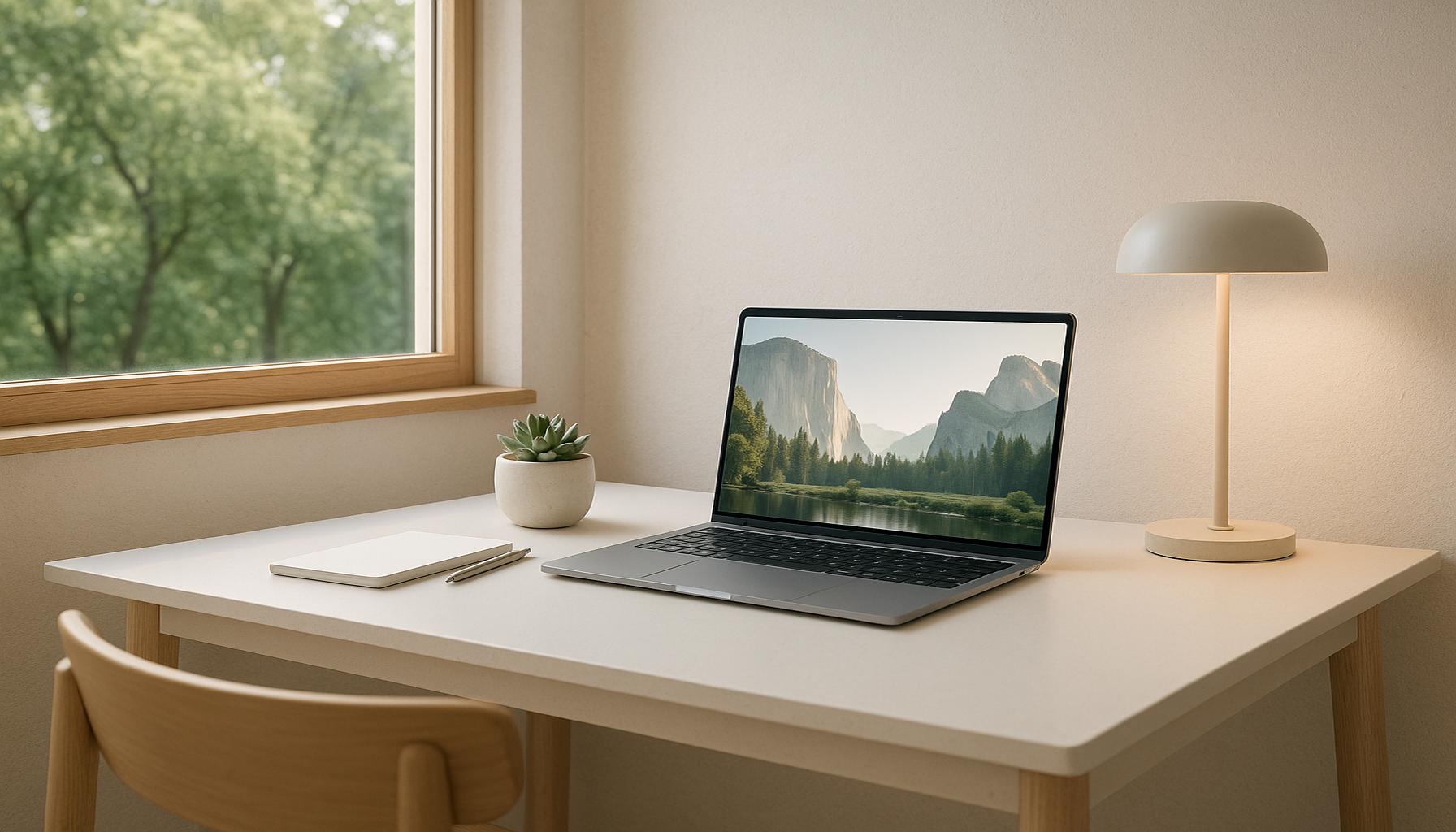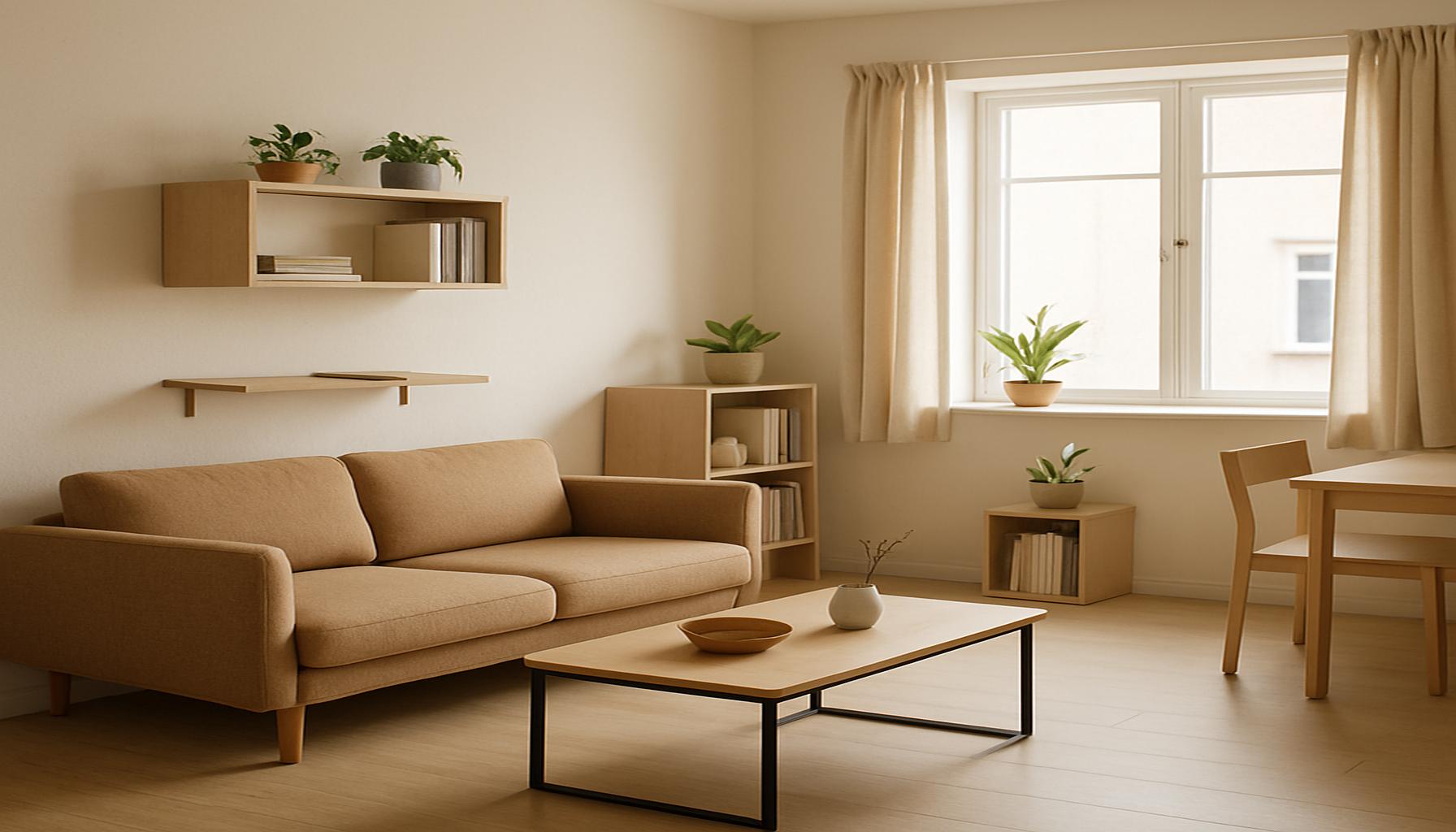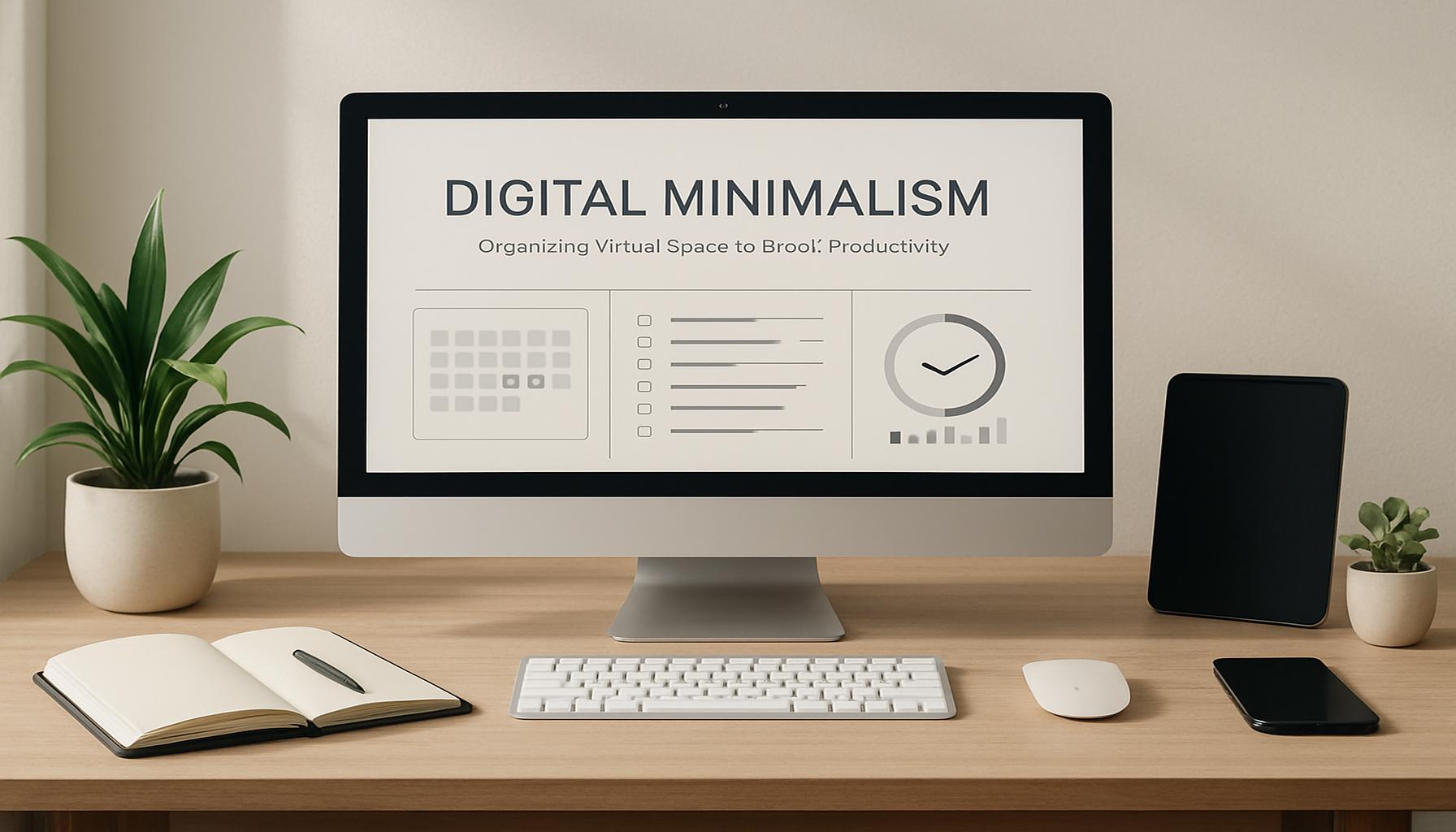Minimalism in Organizing Fitness Environments: Strategies for Creating Spaces that Motivate Physical Activity
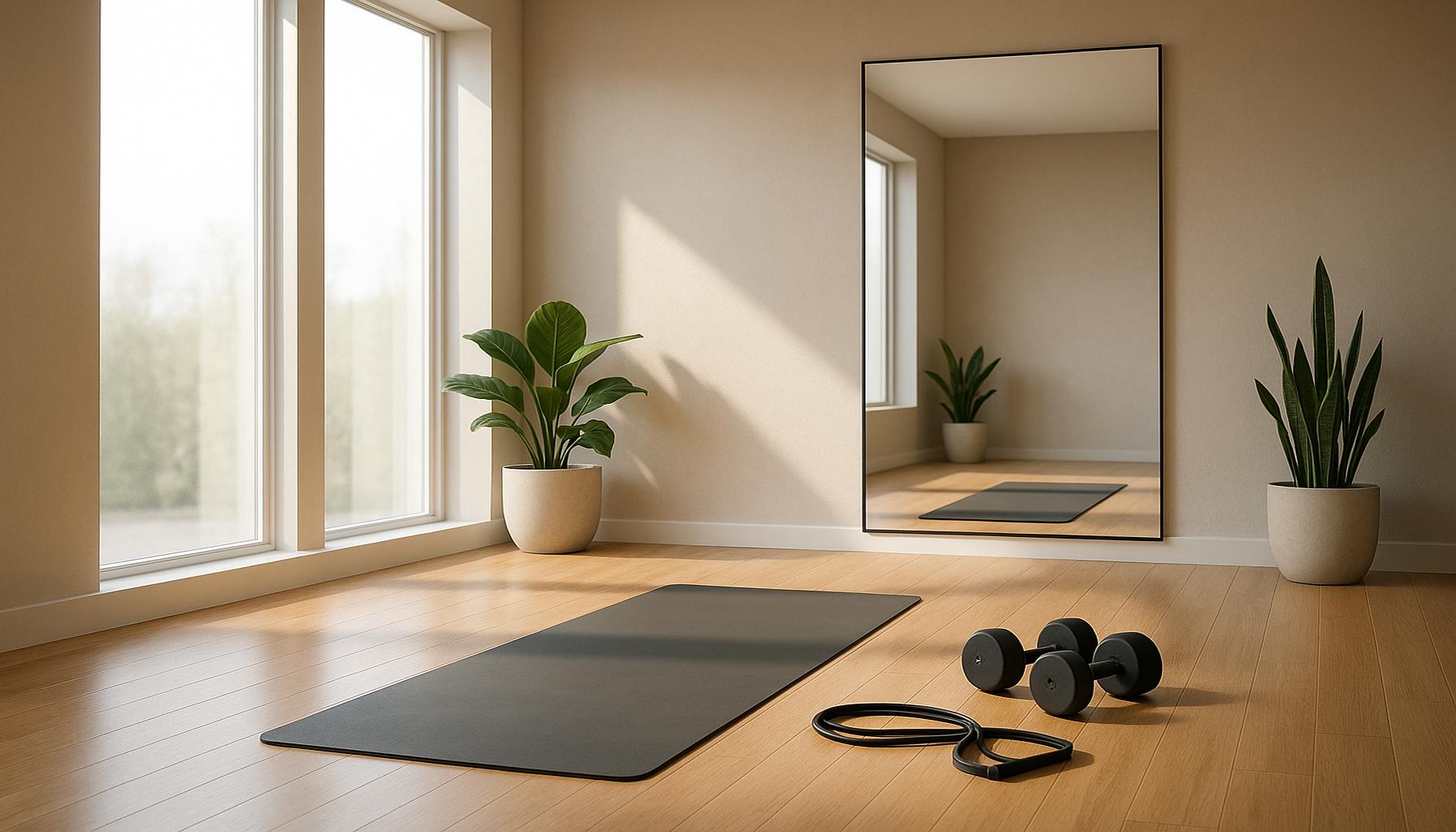
Embracing Minimalism in Fitness Spaces
In an age characterized by constant notifications and information overload, maintaining a consistent fitness regimen can feel overwhelming. Amidst this chaos, adopting a minimalist approach to fitness spaces emerges as a promising solution. By creating environments stripped of excess, we empower ourselves to focus solely on the task at hand: improving our physical health.
Implementing minimalism in fitness environments not only refines our surroundings but also heightens our overall experience. Let’s explore the substantial benefits this philosophy offers:
- Clearer focus: A clutter-free workout space minimizes distractions, allowing individuals to channel their energy into their routines. This focused mindset can lead to improved performance and greater results.
- Enhanced motivation: When a fitness area is organized and aesthetically pleasing, it ignites enthusiasm for engagement in physical activities. Imagine stepping into a room where every piece of equipment has a purpose, inviting you to start your workout.
- Improved aesthetics: Minimalism can create an environment that is visually appealing to many. Calm colors and simple lines foster a sense of tranquility, contributing positively to one’s mental well-being.
For those looking to embrace minimalism in their fitness spaces, several thoughtful strategies can enhance the effectiveness of this approach:
- Evaluate the essentials: Take time to assess what items genuinely contribute to your fitness objectives. Retain only those that serve a purpose and consider selling or donating what remains unused. This practice not only declutters but can also generate funds for upgrading essential equipment.
- Utilize storage solutions: Incorporate smart storage options, such as wall-mounted racks or bins, to keep your space organized. By storing gear out of sight, you can maintain an appealing and functional atmosphere.
- Create zones: Designate specific areas for various fitness activities. For example, have a dedicated space for cardio equipment, weight training, and stretching. This zoning promotes seamless transitions between workouts, enhancing efficiency and focus.
Whether it’s a home gym, a serene yoga studio, or a bustling commercial fitness center, the principles of minimalism can significantly reshape our engagement with physical activity. It reduces mental clutter, enabling individuals to enjoy their fitness journeys more fully. In a world that often feels chaotic, embracing minimalism in our fitness spaces could be the key to cultivating a deeper commitment to our health and wellness.
It’s time to discover how intentional organization can empower your fitness journey. By adopting a minimalist mindset, not only will your workouts become more effective, but your overall well-being may also see transformative effects. Explore this rewarding path to clarity and motivation in your physical endeavors.
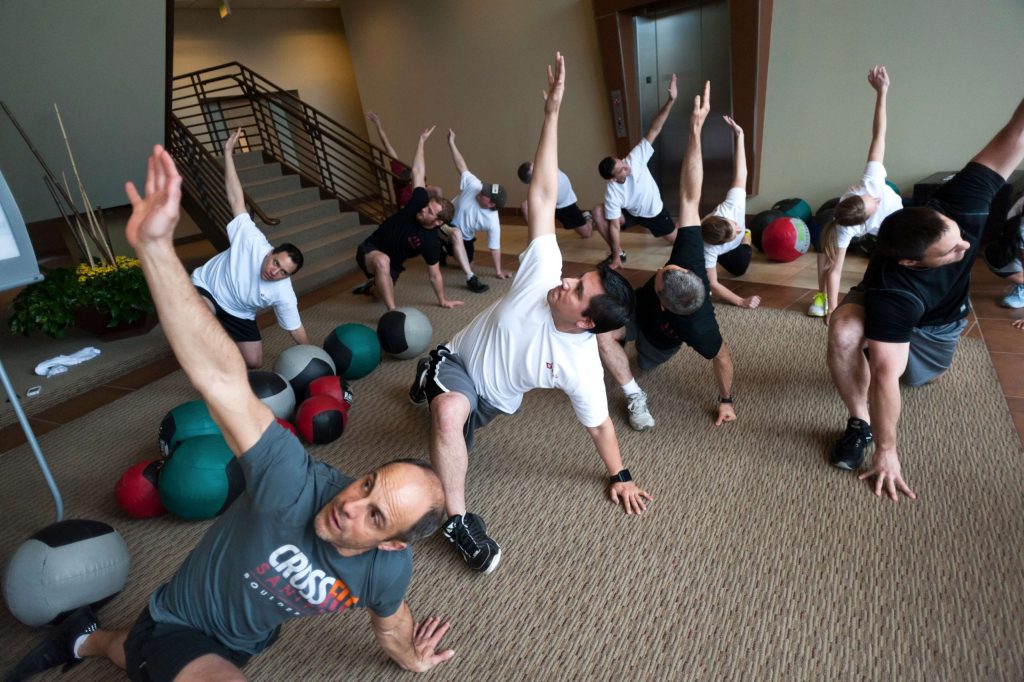
DISCOVER MORE: Click here to enhance your workspace
Strategies for Implementing Minimalism in Fitness Spaces
To effectively transform our fitness spaces through minimalism, we must engage in strategic planning and implementation. The minimalist philosophy advocates for intentional choices, focusing on quality rather than quantity. This approach not only makes fitness areas more inviting but actively supports a healthier lifestyle. Below are several fundamental strategies to consider when organizing a fitness environment with the aim of enhancing physical activity motivation:
- Adopt Multi-Functional Equipment: One of the best ways to minimize clutter in a fitness space is by investing in versatile equipment. Items like resistance bands, kettlebells, and adjustable benches serve multiple purposes, allowing for a comprehensive workout without overwhelming your environment with excessive gear.
- Streamline Your Workout Gear: Assess your workout wardrobe and remove any clothing that you do not frequently wear or that no longer fits. A streamlined selection makes it easier to choose outfits for workouts, encouraging you to engage in physical activities regularly without being sidetracked by decision fatigue.
- Incorporate Natural Elements: Integrating elements from nature can enhance the minimalist approach and create a soothing atmosphere. Consider adding potted plants or utilizing natural light to invigorate the space. Research suggests that natural elements can reduce stress levels and improve one’s mood, potentially boosting motivation for exercise.
- Maintain Consistency in Organization: A critical element of minimalism is organization. Establish a routine for tidying your fitness space to ensure that it remains clutter-free and inviting. Whether it’s creating a daily cleaning habit or devoting time weekly to reorganizing, consistency will foster an environment ripe for physical activity.
By adopting these strategies, fitness enthusiasts can transform their workout spaces into environments that motivate them to lead healthier lives. Not only does this minimalistic approach make areas more functional, but it enhances our mental clarity as we engage in exercise. Research published in the International Journal of Environmental Research and Public Health illustrates that individuals are more likely to stick with fitness routines when environments are inviting and purposeful.
Furthermore, minimalist principles can be applied in various fitness settings, from compact home gyms to larger commercial spaces. For instance, gyms in bustling urban centers benefit from an influx of members, and effective organization becomes vital. Implementing zones, as mentioned earlier, can turn a chaotic environment into an inviting haven for fitness lovers. These zones can facilitate group workouts while providing individuals with personal workout spaces, creating a balanced atmosphere conducive to all fitness levels.
Ultimately, minimalism offers a refreshing perspective in an era filled with distractions. As we emphasize simplicity, we can reclaim our motivation and energy for physical activity, allowing us to prioritize our health. The transition into simpler, more organized fitness environments paves the way for a consistent and positive workout experience, essentially reshaping the way we view physical fitness.
Strategies to Enhance Minimalist Fitness Environments
Incorporating minimalism into fitness spaces is not merely about reducing clutter; it’s about optimizing design to promote physical activity and mental well-being. Here are several effective strategies to create motivating fitness environments.
| Category | Description |
|---|---|
| Open Layout | An open layout encourages movement without barriers, enhancing the flow and functionality of workout routines. |
| Natural Light | Incorporating large windows allows natural light to illuminate the space, boosting mood and energy levels for workouts. |
| Essential Equipment | Utilizing only essential equipment not only reduces visual clutter but also encourages users to focus on form and technique during workouts. |
| Calm Color Palette | A calm color palette can create a serene environment, aiding concentration and motivation during challenging routines. |
A minimalist approach focuses on functionality and aesthetics, creating an environment where individuals feel motivated to engage in physical activity. Moreover, thoughtful placement of mirrors can enhance perception of space while allowing users to monitor their form, contributing to a more effective workout experience. In addition, integrating plants can improve air quality and add a vibrant touch to the fitness space, further promoting a healthy lifestyle.By examining these strategies, fitness facility owners and individuals alike can rethink their spaces, making **minimalism** a compelling aspect of their fitness journey. Embracing a minimalist philosophy not only embodies simplicity but also creates a positive environment that fosters **motivation** and **engagement** in physical activity.
DISCOVER MORE: Click here to learn how minimalism can boost your efficiency
Creating Inviting Atmospheres with Minimalist Design
The aesthetic of minimalism extends beyond mere organization; it encapsulates the creation of an inviting atmosphere that promotes physical activity. An effective minimalist fitness space involves the intelligent use of layouts, colors, and materials, all aimed at reinforcing a commitment to a healthier lifestyle.
- Prioritize Open Spaces: One hallmark of minimalist design is the emphasis on open spaces. By arranging equipment in a manner that creates ample room for movement, individuals feel less restricted and more encouraged to engage in various forms of physical activity. A study by the American Journal of Preventive Medicine revealed that open and clutter-free environments lead to increased user satisfaction and higher engagement in fitness routines.
- Choose a Calming Color Palette: The colors of a fitness space play a significant role in influencing mood and motivation. Soft, neutral tones such as whites, grays, and pastels can evoke a sense of calm, whereas bright accents can stimulate energy. Research indicates that colors affect psychological responses; thus, creating a color scheme that resonates with motivation can invigorate workouts and enhance overall ambiance.
- Utilize Natural Materials: Incorporating natural, sustainable materials—such as wood, stone, or bamboo—can elevate the minimalist aesthetic in fitness environments. Choosing these materials not only contributes to the appeal of a space but also aligns with the principles of simplicity and sustainability. With a growing demographic of eco-conscious fitness enthusiasts, implementing strong>green design can further motivate engagement by fostering a sense of connection with nature.
- Create Functional yet Aesthetic Storage Solutions: Innovative storage solutions are essential in maintaining a clutter-free environment. Opt for stylish storage that blends with the minimalist design, such as beautifully crafted wooden shelves or chic storage solutions that conceal items but remain accessible. This approach will not only keep your space organized but also reflect a commitment to a tidy, attractive setting that invites action.
Moreover, adding thoughtful decorations that reflect personal goals or inspirational quotes can motivate users and create a sense of ownership over the space. Such items should be limited to avoid overwhelming the environment, ensuring that they inspire rather than distract from the primary goal of fitness.
Incorporating Technology Thoughtfully
In the digital age, the influence of technology on fitness environments cannot be understated. To maintain a minimalist ethos, it’s essential to embrace technology in ways that simplify and enhance the workout experience. Fitness trackers, apps, and interactive screens can offer guidance without cluttering the physical space with excess equipment or tools.
- Smart Fitness Tools: Devices like smart weights or app-connected equipment promote efficiency and can be easily stored away when not in use. They minimize the need for traditional gym setups while offering the functionality that enhances workout experiences and helps users keep records of their progress.
- Integrate Virtual and Augmented Reality: For cutting-edge fitness environments, integrating virtual or augmented reality can transform workouts into immersive experiences. Providing users with virtual environments not only makes exercises more engaging but can also reduce the perception of effort, thereby elevating motivation. As reported by the Journal of Physical Activity and Health, interactive workouts linked with engaging technology significantly increase adherence to fitness programs.
As we weave minimalist design and technology into fitness environments, it becomes evident that a carefully curated approach can lead to welcoming, motivating spaces. By focusing on these strategies, fitness enthusiasts can foster an environment conducive to sustained physical activity, enhancing overall commitment to health and wellness.
DISCOVER MORE: Click here to unlock the secrets of minimalism
Conclusion: The Future of Fitness Environments through Minimalism
In conclusion, the adoption of minimalism in organizing fitness environments presents a transformative approach that not only enhances the aesthetic appeal of these spaces but also fosters motivation and engagement in physical activity. By prioritizing open layouts, soothing color palettes, natural materials, and functional storage solutions, fitness centers can cultivate an environment that champions wellbeing and encourages individuals to pursue their health goals. The integration of thoughtful technology, such as smart fitness tools and immersive virtual experiences, further enriches these minimalist spaces, making workouts more accessible and enjoyable.
As we move toward a society that increasingly values health and sustainability, the principles of minimalism can serve as a guiding framework for the design of fitness environments. This model not only caters to the modern fitness enthusiast’s desire for simplicity and functionality but also aligns with the growing emphasis on eco-conscious initiatives. Designing spaces that resonate with users—where inspirational quotes coexist with a serene aesthetic—can create a strong sense of ownership and motivation, prompting individuals to engage and remain committed to their fitness journeys.
For those invested in the revitalization of their fitness spaces or aspiring to create new ones, an exploration into the realm of minimalism could reveal profound benefits, both physically and psychologically. As we embrace these strategies, we are reminded that the essence of a motivating fitness environment lies in its ability to inspire action, tranquility, and a lifelong commitment to physical wellness.
